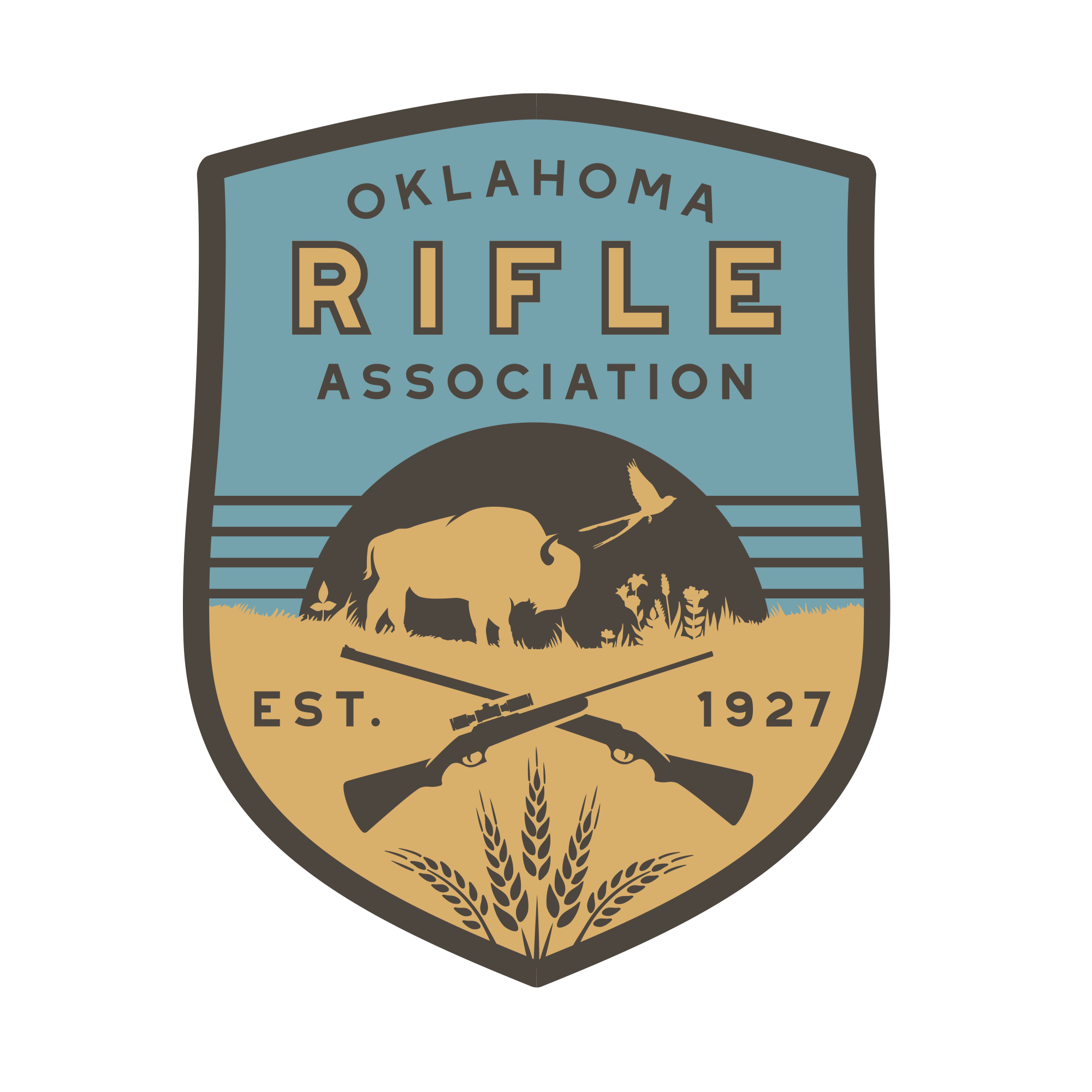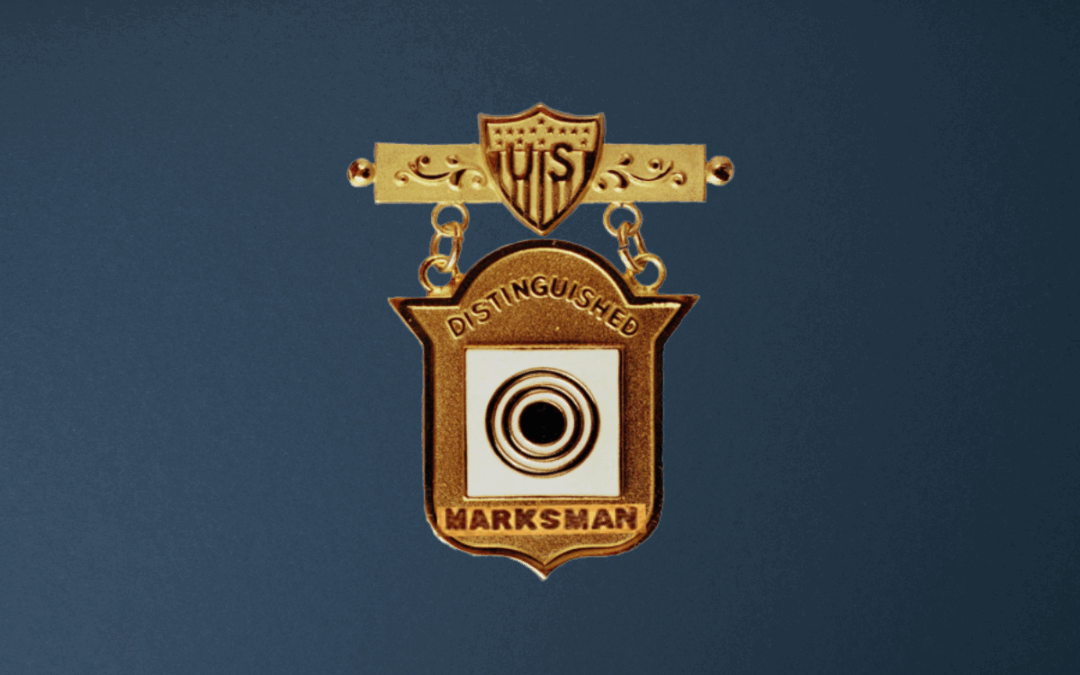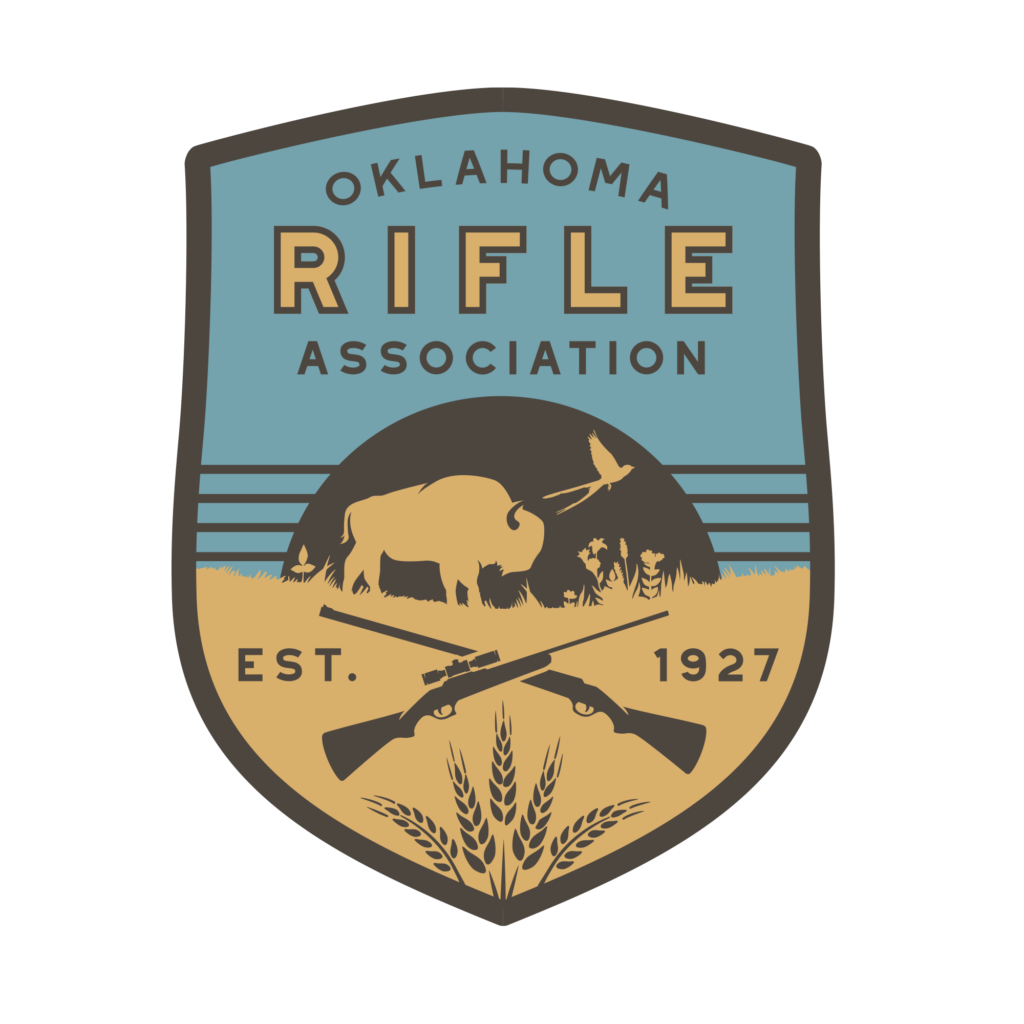James White is a WWII Marine Veteran, NRA Instructor, Former ORA President, and Distinguished Marksman. He served the ORA for many years and began the Sharpshooter. These writings are from the Sharpshooter archives and his personal collection.
A hundred and fifty years ago, the U.S. Army believed that soldiers should be able to shoot their rifles well — to be able to kill the enemies of our country. That is what war, and the need for armed forces, is all about. When money was available for that purpose, (and it often wasn’t) the Army spent it on ammunition to promote rifle marksmanship. Competitions were held, starting at company level, on up to All-Army championships, to determine the best rifle shots in the Army.
The ability to shoot well is as much a product of knowledge and experience as it is of good vision and fast reflexes. If a man’s health doesn’t completely break down, he can shoot well to a ripe old age.
It began to be recognized, around 1876, that the same soldiers were winning shooting competitions year after year. The situation as it existed discouraged less skilled shooters from competing when their chances for winning were slight. Changes were needed to provide incentives to encourage development of shooting skills in new shooters.
The Distinguished Rifleman concept began to take shape when skilled shooters, after placing highly in a number of shooting competitions, were to be given a superior (Distinguished) status. Non-Distinguished shooters could compete against each other to attempt to achieve Distinguished status. A shooter who had earned Distinguished status could still compete and his award would be the same as that of the Non-Distinguished shooter whose score was just below his in the standings.
By 1884 this plan had been put into operation by the War Department for the Army. The Navy Department soon adopted a similar system for the Navy. In 1891 the scheme was extended for pistol competition.
The Army awarded its first Distinguished Rifleman badge in 1887. The first Distinguished Pistol Shot badge wasn’t awarded until 1903.
The Marine Corps began competition in 1905. Beginning in 1926, Civilians were allowed to compete for Distinguished status.
Distinguished status is achieved by shooting the service rifle or service pistol in special matches (called “Leg” matches) in competition with other citizens of the United States, including members of the armed forces. No sighting or practice shots are allowed. Internal modifications are allowed to make a gun shoot more accurately or function more reliably, but all safety features of the gun must function.
Each year the CPRP (Corporation for the Promotion of Rifle Practice) authorizes a number of the special matches in which points are awarded. These matches are still called “Leg” matches. In earlier times, if the score of a competitor in a Leg match was in the top 10 percent of the scores of all non-Distinguished shooters, he was awarded a “Leg”. It was necessary to win three legs to reach Distinguished status.
Today, “Legs” are no longer given. Instead, points are awarded toward Distinguished status to those shooters who score in the upper 10% of the Non-Distinguished competitors firing in a match. Ten, eight or six points are awarded, depending upon the ranking in the top 10%. Ten points are awarded to the top sixth of the leg point winners in a leg match; eight points to the next one-third and six points to the bottom one-half.
Thirty points are required to achieve Distinguished status, which must include an eight or ten point leg.
Any one of three types of service rifles may be fired in service rifle “Leg” matches. These are the M1 (Garand), the M14 and the M16, or their commercially available counterparts.
Rifles must be altered, if necessary, to eliminate the capability for full-automatic firing. The trigger pull must be a minimum of 4 pounds.
The course of fire for service rifle “Leg” matches is called the National Match Course and is as follows:
- 10 shots slow fire (ten minute time limit) in the standing
- position at 200 yards.
- 10 shots rapid fire (60 seconds for 10 shots, including a
- Reload, from standing to sitting position at 200 yards.
- 10 shots rapid fire (70 seconds for 10 shots, including a
- Reload, from standing to prone position.
- 20 shots slow fire (twenty minute time limit) in the prone
- position at 600 yards.
Similar matches are held with service pistols leading toward designation as a Distinguished Pistol Shot.
Achievers of Distinguished status receive a gold badge, in the shape of a shield, enameled with a black and white bullseye target. The shield hangs from a pin clasp or suspension bar. The design of a Distinguished badge is almost identical for each of the armed services, differing primarily in the design of the suspension bar. Requirements for distinguished status are the same for a civilian as for a member of the armed services.
Distinguished badges are authorized to be worn on the class “A” uniform by members of the armed services. The Distinguished badge is not often seen being worn on a uniform simply because of its rarity. Since the badge is awarded under the rules of the Corporation for the Promotion of Rifle Practice (CPRP), which was created by federal law in 1903, a badge earned either while a member of a military service, or as a civilian, may be worn on any appropriate military or naval uniform.
Early Distinguished badge designs were not standardized. Some badges were designed and made by such prestigious jewelry makers as Tiffany in New York City. Designs tended to be ornate and varied greatly in gold content, ranging as high as 22 karat gold. This situation was soon resolved and similar badge designs were adopted by each of the armed services.
Since 1884, an estimated 9000 Distinguished Rifleman badges have been awarded, including about 1300 to civilians.
A civilian Distinguished Rifleman badge is rarer than a Super Bowl ring.



